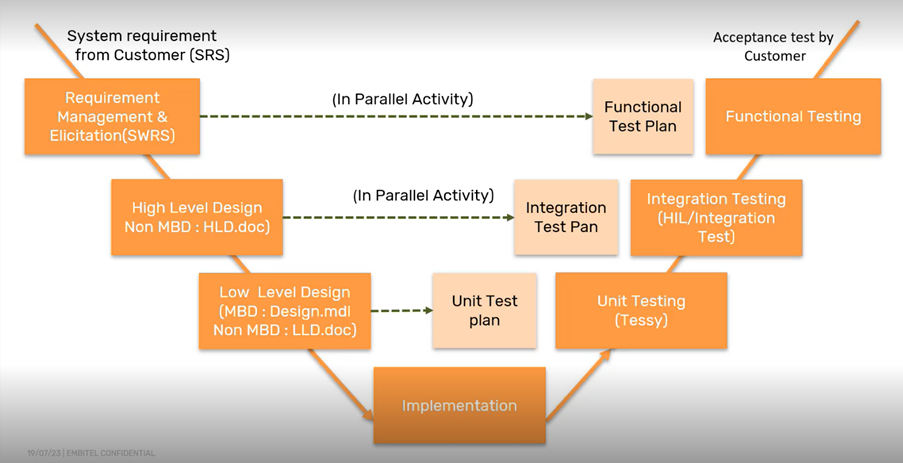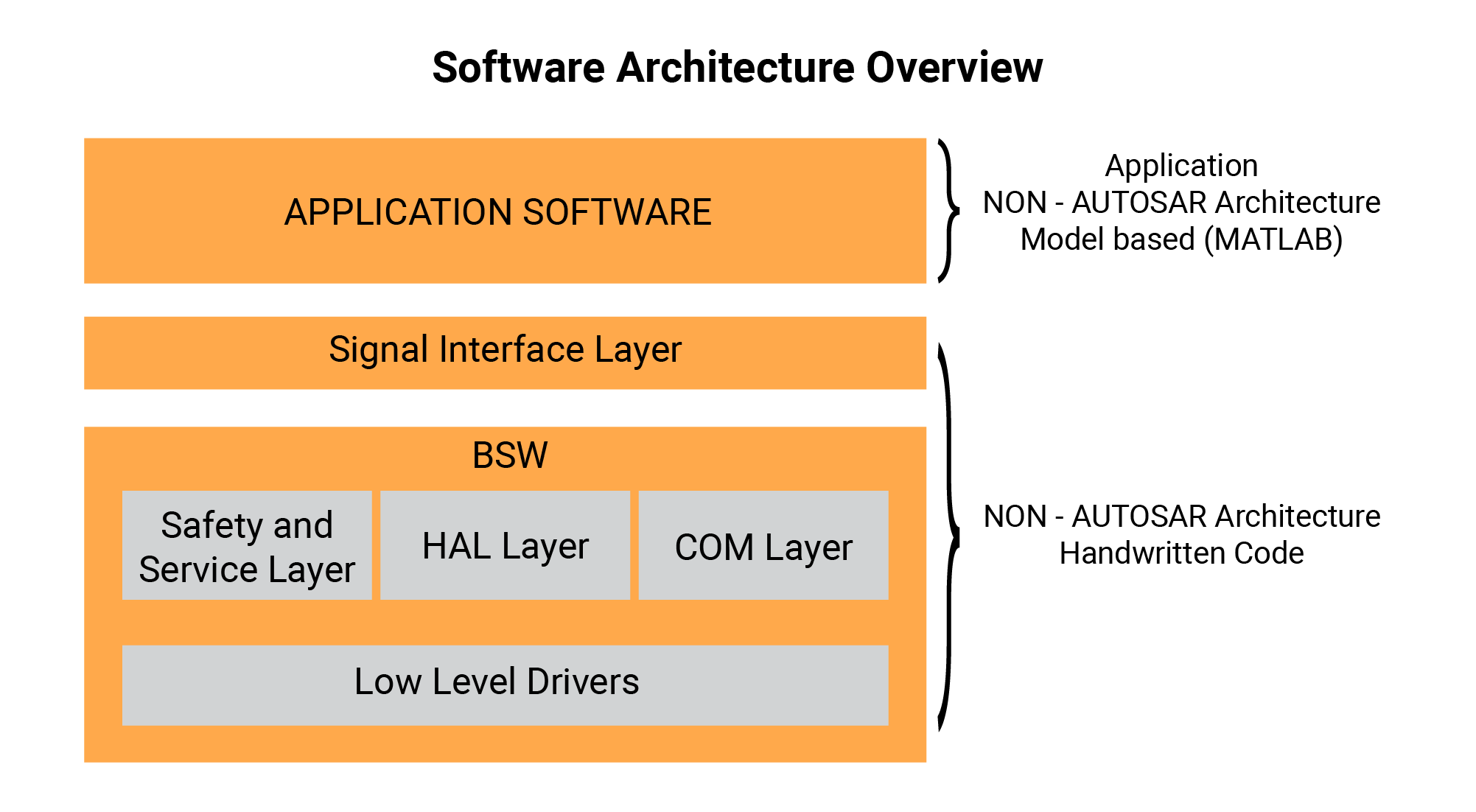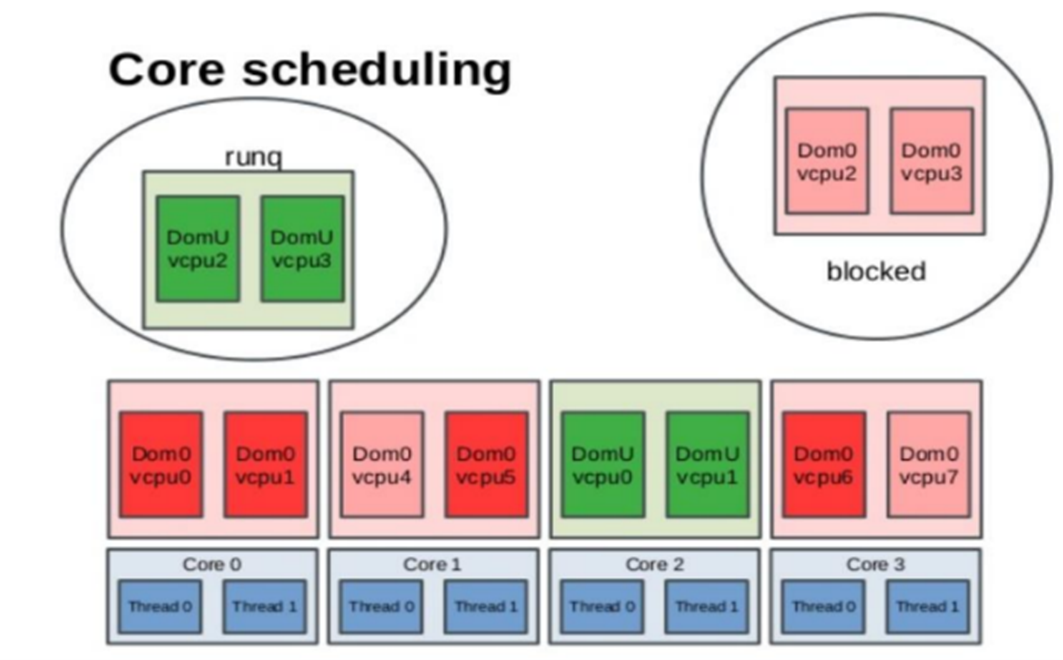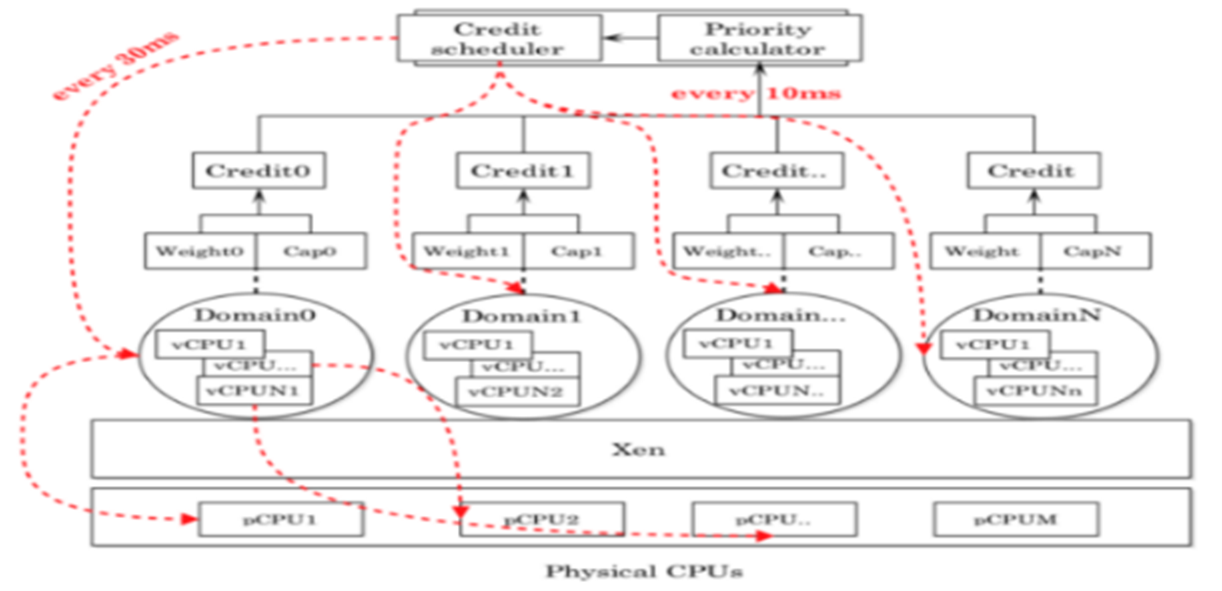5 Innovative Features that the Best Car Infotainment Systems Have in 2023-24
Category : Embedded Blog
“Why can’t car companies provide an infotainment system like a smartphone?”
“Why is the infotainment OS of most car companies subpar and so slow?”
“Are cars with infotainment systems really private?”
“Is touchscreen the right technology to interact with while driving a car?”
These are some of the questions that arise in the mind of an automotive enthusiast who has been closely witnessing the advancements in vehicle E/E systems.
While it is a known fact that most mass-market cars still have basic infotainment systems, we should acknowledge the strides made in infotainment tech globally in the past 5 years. And the best car infotainment systems are testimony to these advancements.
A Brief History of the In-Vehicle Infotainment
Vehicle infotainment systems were first seen in the 1930s when expensive AM radios took center stage in luxury vehicles of that era.
In the 1950s, music players became a popular addition to the in-vehicle gadgetry in most vehicle models. By then, auto OEMs had found ways to make them more affordable.
The most interesting innovations in vehicle infotainment came later on – when car stereos with in-built cassette players hit the market. The vehicle dashboard metamorphosed to include CD players and in-built MP3 players in the coming years. Such innovations presented unparalleled audio quality and ease of use for the driver.
In 1990, the first-ever GPS tracking module was introduced in vehicles by Mazda, and this revolutionised vehicle navigation.
As the page turned to the new millennium, consumers demanded the sophistication and ease-of-use that they found in consumer devices like mobile phones to be replicated in vehicle infotainment systems.
Since the introduction of Android Automotive in 2017, innovations in IVI systems have seen a spurt of growth. Let’s explore some of the exciting features that modern IVI systems are fortified with today.
Top Features Differentiating the Best Car Infotainment Systems from the Rest
A cutting-edge automotive infotainment system in 2017 would flaunt features such as:
- Touchscreen display
- Voice control
- Smartphone integration
- Advanced navigation
- Connectivity and Streaming
Fast forward by 5 years, and we find ourselves at the helm of a revolution in infotainment tech growth.
- Simple Touchscreen Displays Transform to Voice and Gesture-controlled Systems with 3D Displays
- Conversational AI Becomes a Steppingstone to Intelligent Conversations with Your Car
- ECU Consolidation Boosts the Efficiency of Infotainment Systems
- Acoustic Innovations Bring Vehicle Occupants Together
- Augmented Reality (AR) Provides Contextual Information to Drivers
Ordinary touchscreen displays have given way to high resolution touchscreens that mesmerise you with 2D and 3D graphics. Even better, the driver need not get distracted by the touchscreen navigation anymore, as Voice control systems have gained more muscle.
For instance, you can just “tell” your car that you are feeling cold. The system is capable of taking corrective measures such as increasing the cabin temperature by a few degrees.
Gesture control is another interesting feature wherein the driver can change the volume of music by circular hand motions, answer a call or reject it by swiping motions, and change system settings by swiping two fingers down.
Advanced voice AI technology offers convenience, efficiency and entertainment to vehicle occupants through its various use cases. Drivers can have conversations with multilingual voice assistants that guide them for making timely purchases, retrieving data from a cloud database, or receiving information regarding vehicle charging stations.
Sample this,
Car – “Since you will be reaching home in the next 20 minutes, would you like to order dinner?”
Driver – “Sure, tell me what’s on the menu at the nearest restaurant.”
This way, conversational AI can assist in placing complex food orders (even with ingredient substitutions), reserve parking spots before the driver arrives at the destination, and pay for gas at the upcoming station.
The functions performed by automotive ECUs are increasingly getting more complex. The need for multi-display infotainment systems, ADAS features, and car-to-fleet communication only complicates this further.
The first impact of ECU consolidation in the automotive industry was witnessed in instrument clusters, head-up displays and car infotainment systems.
Traditionally, automotive OEMs have been sourcing these products individually from different suppliers or technology vendors. However, they faced the challenge of ensuring a seamless user experience across these products. OEMs also desired to reduce the weight, power consumption and complexity of these components. This led to the concept of ECU convergence or consolidation.
In this model, auto OEMs are converging their varied development teams into one, so that a single advanced ECU that supports various functionalities can be developed.
In the case of a multi-display infotainment system, the ECU will function as a single brain that controls all the displays. Various types of inputs, i.e., voice commands, mobile connectivity, gesture analysis, etc. will be directed to the main hardware unit. This unit will process the data and send the output to different displays, based on relevance. So, the playlist of songs will be shown on the car infotainment display while the navigation data will appear on the head-up display.
Auto OEMs are collaborating with audio tech providers to present high-quality listening experiences to vehicle occupants. Some of the advanced tech in this space enables the entire family to enjoy shared or personalised content during the journey. There are dedicated profiles and configurations for the driver and passengers to enable independent content consumption.
Innovative tech companies have also conceptualised solutions that provide exceptional audio quality with full surround sound option and the ability to mimic a real-world performance! All this, while ensuring the comfort of the user and diligence in ergonomics.
Augmented reality overlays digital information onto the real world views to amplify our perception of the surroundings. With the advent of AR in IVI systems, drivers can access critical information related to the surroundings right on the windshield.
For example, AR solutions integrated with infotainment systems can highlight pedestrians and objects on the windshield. This can be very useful in low-light scenarios when the driver finds it difficult to spot objects.
This technology also enables the driver to get a windshield view of their route and places where they have to take turns, without having to glance at an infotainment screen below. In case there is a road block, alternate routes and instructions will be displayed as well.
The enhancement in situational awareness provided by this technology is unrivalled; it is especially useful when you are navigating unfamiliar roads.
Conclusion
Coming back to the questions we discussed at the beginning of this article, we can say that IVI systems in mass-market vehicles have not yet reached the level of finesse that consumers expect today. But this can be due to OEM priorities and market dynamics for that product line.
Overall, we see that luxury vehicles are being endowed with the best car infotainment systems today. And it is only a matter of time before these features are incorporated in the mass-market vehicles as well.
So, we are not too far away from a reality where we can drive back home from work and instruct our vehicle’s infotainment system to open our garage door just after it switches on the room heating system inside the house!




























